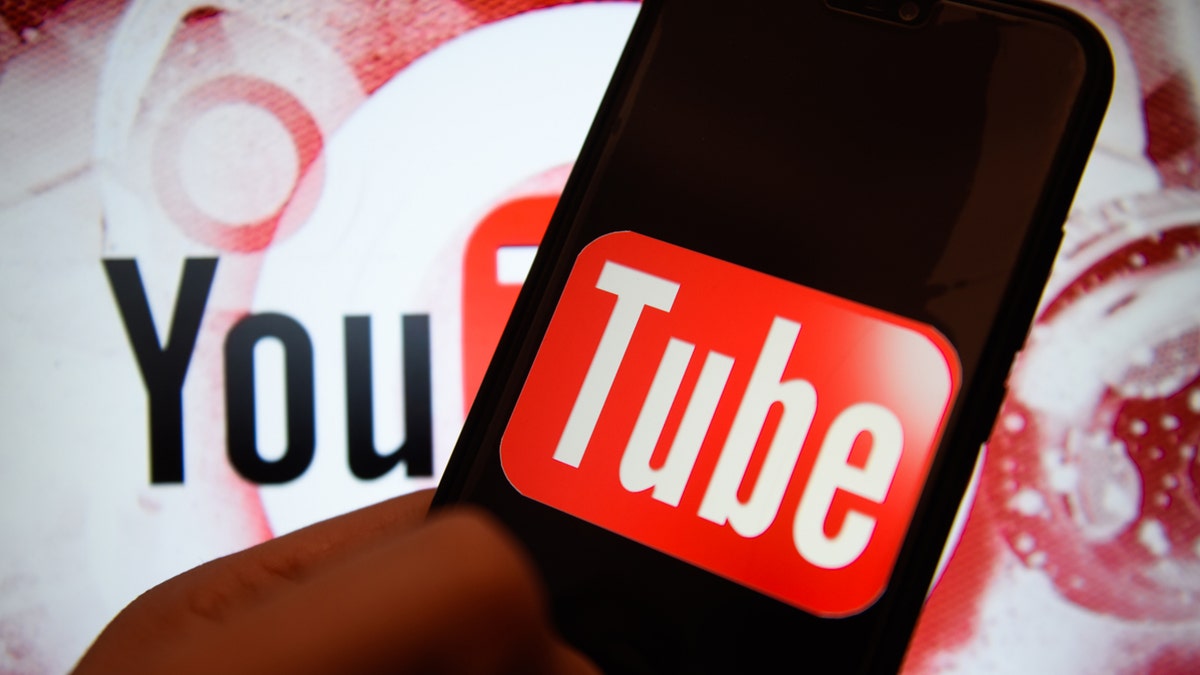
KRAKOW, POLAND - 2019/01/24: Youtube logo is seen on an android mobile phone. (Photo by Omar Marques/SOPA Images/LightRocket via Getty Images) (Getty Images)
YouTube today announced new penalties for creators who violate its Community Guidelines.
The first time you post something that violates those rules, you'll essentially get a one-time pass: YouTube will remove the offending content and send you a warning, but you'll face no other penalty. That way, you can brush up on the platform's policies, so you hopefully don't violate them again in the future.
From there, you'll get three strikes, which expire after 90 days. On your first strike, YouTube will freeze your ability to upload any new content to the platform for one week. On your second strike within that 90-day period, you won't be able to upload any new content for two weeks. If you get a third strike within any 90-day period, YouTube will terminate your channel.
"Previously, not all strikes had the same penalty on your channel," the YouTube team explained in a Tuesday blog post. "For example, first strikes on videos would trigger a 90-day freeze on live streaming, and second strikes would result in a two-week freeze on new video uploads. We heard from many of you that this was confusing and the penalty didn't match the source of the strike. Now, based on your feedback, all Community Guidelines strikes will have the same penalty."
More From PCmag
YouTube also plans to offer more information when it gives you a strike. Its email and desktop notifications will indicate which policy you violated, what it means for your channel, and the next steps you can take, including appealing the decision.
The changes are set to go into effect on Feb. 25.
Most YouTube creators will never have to worry about this. Ninety-eight percent never violate the platform's policies, and 94 percent of those who receive a strike never get a second one, YouTube said.
"These updates are part of our ongoing work to make sure that YouTube is the best place to listen, share, and create community through your stories," the company wrote. "Our strikes system is an important way for us to help creators and artists understand when they've crossed the line by uploading content that undermines that goal, and your feedback has helped to make this system work better for the entire community."
YouTube CEO Susan Wojcicki last year took some heat for arguing that YouTuber Logan Paul had not hit the three-strikes threshold required for a ban. He did, however, lose the ability to monetize content after posting a video that appeared to show a corpse in a notorious suicide hotspot.
"We can't just be pulling people off our platform. They need to violate a policy. We need to have consistent [rules]. This is like a code of law," Wojcicki said at the time.
More recently, YouTube updated its policies to specifically ban dangerous pranks and challenges like the Tide Pod and Fire challenges as well as home invasion and drive-by shooting pranks.
This article originally appeared on PCMag.com.
